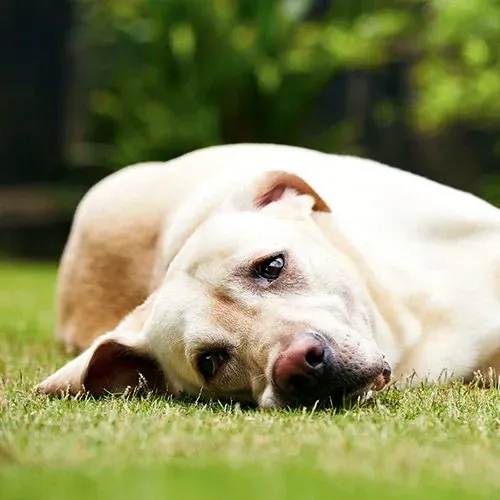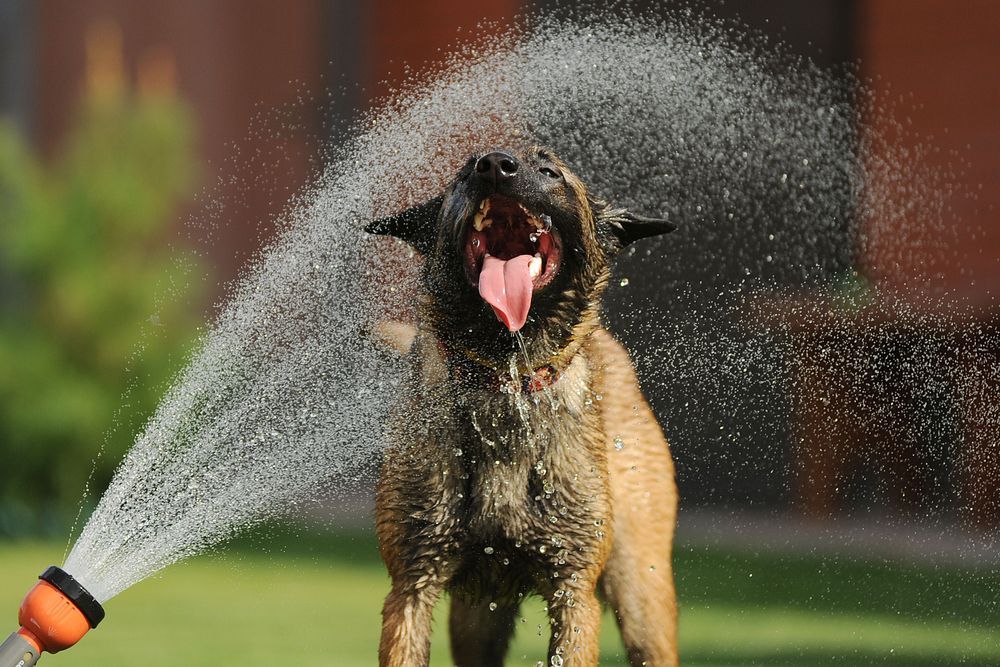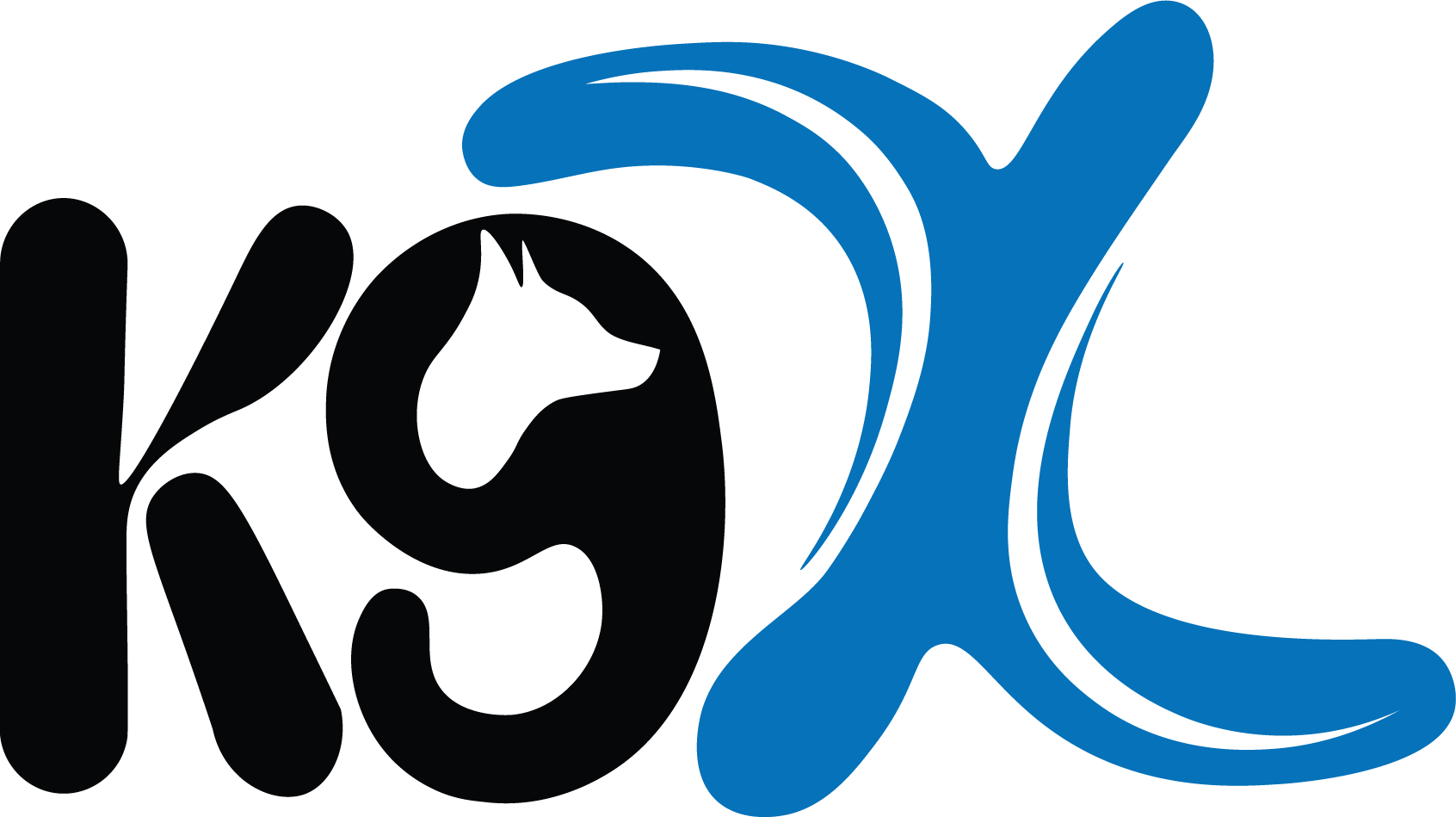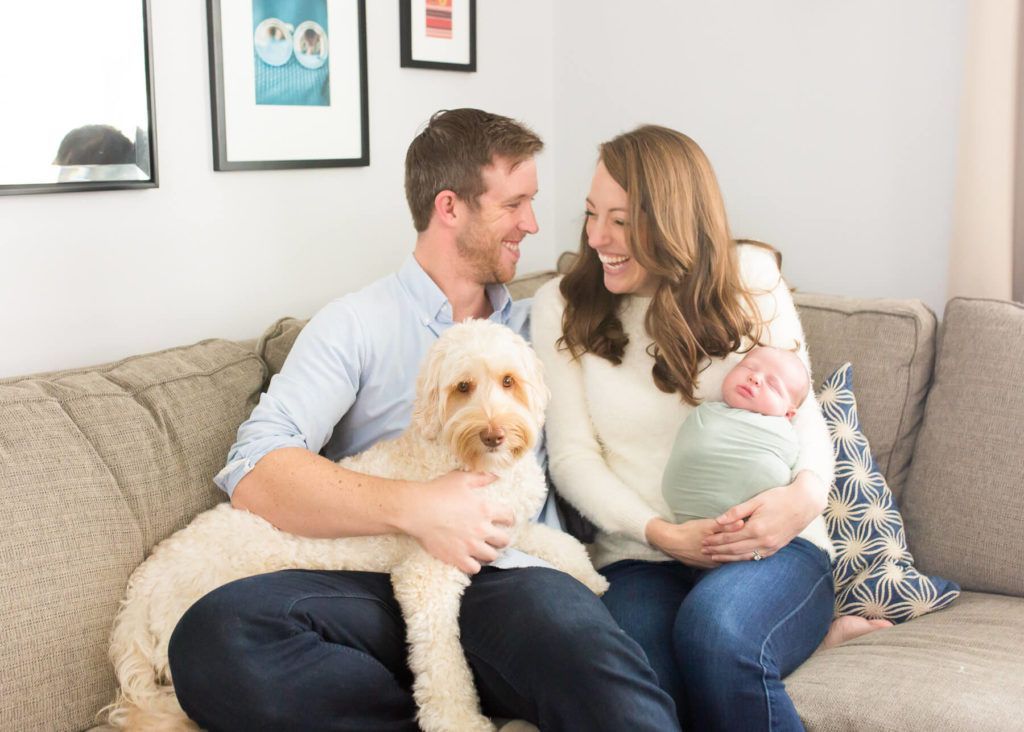Puppy Power: The Ultimate Guide to Training Your New Best Friend
Bringing a new puppy into your life is an exciting and joyful experience. From their wagging tails to their endless curiosity, puppies fill our days with love and laughter. But along with the cuddles and playtime comes the responsibility of training your new furry friend. Starting early is essential to ensure your pup grows into a well-behaved and happy dog. Here’s a guide to the first things you should teach your new puppy.
1. The Name Game
Before anything else, your puppy needs to learn their name. This simple but crucial step establishes a foundation for communication. Start by saying their name in a happy tone and immediately rewarding them with a treat or praise when they respond. Repeat this frequently to help them associate their name with positive experiences.
2. Potty Training Basics
House training should be a top priority when you bring your puppy home. Set up a consistent schedule for meals, potty breaks, and playtime. Take your puppy to the same designated spot outdoors and reward them immediately after they relieve themselves. Accidents will happen, so be patient and never scold your puppy for mistakes.
3. Introducing a Crate
A crate is not just a tool for house training; it’s also a safe haven for your puppy. Make the crate inviting with soft bedding and toys. Encourage your pup to explore the crate voluntarily by tossing treats inside. Gradually increase the time they spend in the crate, ensuring it’s always a positive experience.
4. Basic Commands: Sit, Stay, and Come
Teaching basic commands helps establish structure and keeps your puppy safe:
- Sit: Hold a treat close to your puppy’s nose and slowly move it upwards. As their head follows the treat, their bottom will naturally lower. Reward them as soon as they sit.
- Stay: Once your puppy masters "sit," introduce "stay." Give the command and step back slightly. Reward them for staying in place, even if it’s just for a second initially.
- Come: Use a cheerful tone to call your puppy’s name followed by "come." Reward them enthusiastically when they respond.
5. Leash Manners
Walking nicely on a leash is another essential skill. Start indoors or in your garden with a lightweight leash attached to their collar or harness. Encourage your puppy to walk beside you by offering treats and praise. Avoid pulling or yanking the leash; instead, use positive reinforcement to guide their behaviour.
6. Socialisation Skills
The first few months of a puppy’s life are critical for socialisation. Expose your pup to various people, environments, and other animals in a controlled and positive way. Enroll in a puppy class or arrange playdates to help them develop confidence and good manners.
7. Handling and Grooming
Getting your puppy used to being handled is crucial for vet visits and grooming. Practice touching their paws, ears, and mouth gently while rewarding them with treats. Introduce them to a brush and other grooming tools early on.
8. Preventing Nipping and Biting
Puppies explore the world with their mouths, but it’s important to teach them what’s acceptable. Redirect nipping and biting to appropriate chew toys. If your puppy bites too hard, let out a high-pitched “ouch” and stop playing momentarily to show them it’s not acceptable.
9. Consistency and Patience
Consistency is key when training your puppy. Use the same commands and reward system every time. Be patient and remember that learning takes time. Celebrate small victories and enjoy the journey with your new best friend.
Final Thoughts
Training your new puppy can be a fun and rewarding experience when approached with the right mindset. By teaching them these foundational skills, you’ll be setting your pup up for a lifetime of good behaviour and strong bonding. Remember, if you ever need guidance or support, professional trainers like us at K9X are here to help.
Happy training! Let’s help your puppy become the star of the neighbourhood.










